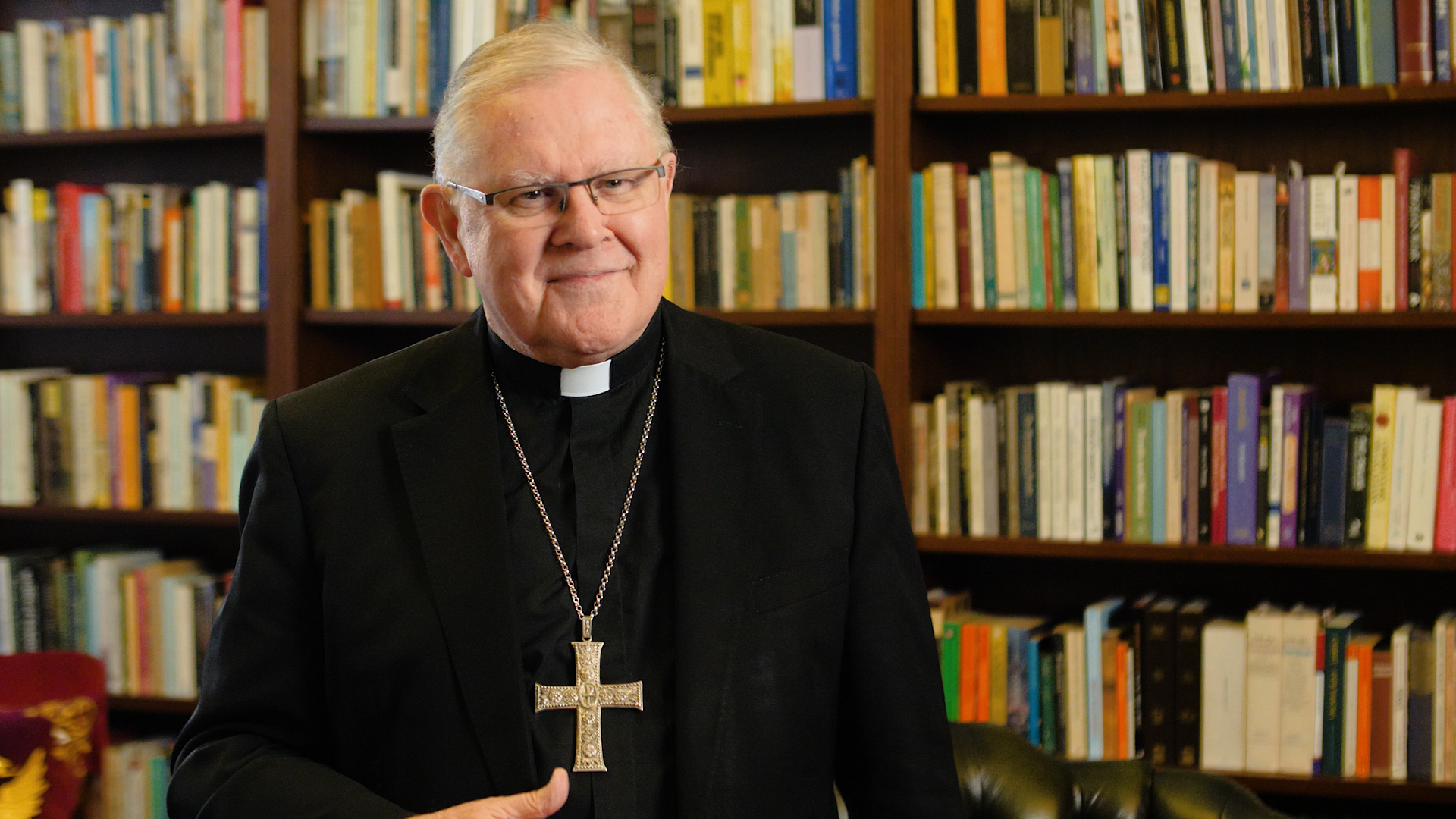We’re just about at the end of the first week of the Synod and it already feels as if we’ve been at it a long time. There’s a certain intensity about a Synod – especially this one with all the preparation and expectation; and the intensity has probably been greater because of the new format of this Synod.
For the last two days we’ve been in the small groups, free to shed our soutanes and put on what the Italians call “clergyman”, which means suit with collar. It’s a little more relaxed than soutane and sash, even if the work has not been exactly relaxed. We’ve been hacking through the working document (Instrumentum Laboris) paragraph by paragraph to see what we (a group of nearly 30) would amend, delete or add.
The working document is no masterpiece, and it’s not clear to me what the point of all this work is. Each of the 13 groups will submit their suggested revisions of the working document to the group of 10 whom the Pope has appointed to oversee the production of the final Synod document. God alone knows what the 10 will make of all this stuff. We also have to submit a list of all the “modi” or changes we have made to the working document – all voted on by the bishops … every single change! Even making the list is hard work, and again I hope that it’s work that produces real fruit.
I’ve also been hard at work composing the “relatio” at the end of this first week. It will be the group’s report on the first of the three parts of the working document, and it will be made public. Having listened to the discussions through these early days, I’ve had to draft a text (very quickly!) and submit it to the group for their approval. Late this afternoon, the draft passed muster by and large with a couple of changes suggested and accepted. I had to get it to the Secretariat by 7pm this evening before I present it to the plenary assembly tomorrow morning. That really put the pressure on.
We didn’t finish the evening session till about 6.45pm, and I then had to rush to a (clapped out) computer and printer to bash out the final version of the report before heading off to dinner with the other Aussie bishops at the Synod (Pell, Hurley and Tarabay) at Domus Australia. Once the report was done, I rushed upstairs to submit it (to be done personally, not through an assistant as I had hoped!) and then jumped into a car heading to Domus Australia for a thoroughly well earned drink and meal. My tongue was hanging out. The Greco di Tufo wine was just what the doctor ordered.
I continue to be uncertain about the new process of this Synod. I can understand the theory of what’s being done, but I’m not at all sure at this stage about the practice. However I’ll be able to make a final judgement only at the end of the three weeks. So far there’s been more muddle than method, but that may in time yield another kind of focus and even fruit. One cardinal said to me: “I thought at first that with Pope Francis there was method in the madness, but I now think that the madness is the method”. This needs to be carefully parsed and taken with a grain of salt, but one of the Pope’s favourite phrases in Spanish is “hacer lio”; and there’s been a bit of that at this Synod. It might be what the Holy Spirit needs.
As the Holy Father has reminded us in The Joy of the Gospel: “Time is greater than space”. That means we need to be patient (not my best effort), even when the process isn’t perfect and when the people within it (myself included) can be a little wayward, however good their intentions. The questions we’re considering aren’t simple or straightforward, so it’s hardly surprising that there aren’t any quick and clearcut answers. This means that the work won’t be done by the time this Synod finishes on 25 October. A long journey has brought us to this Synod and a long journey stretches before us once the Synod is over. That’s how mercy flows.
